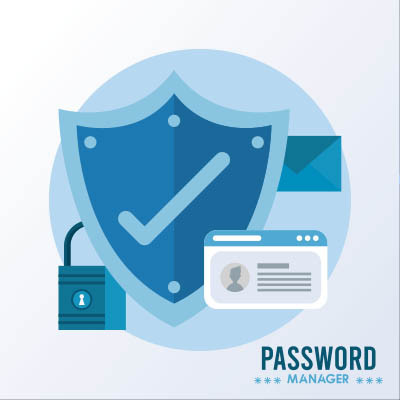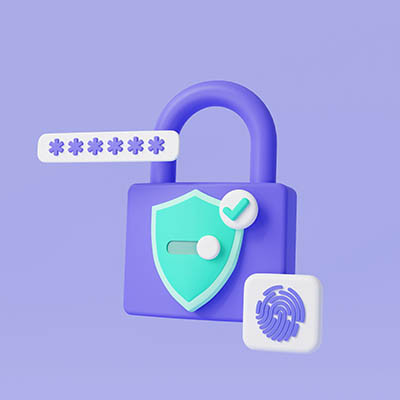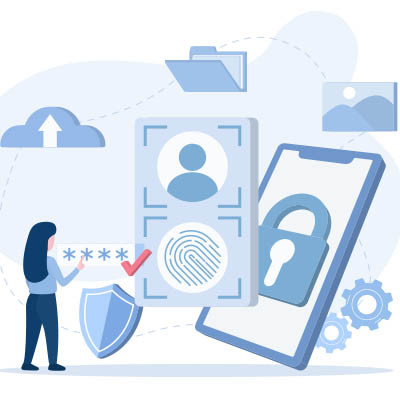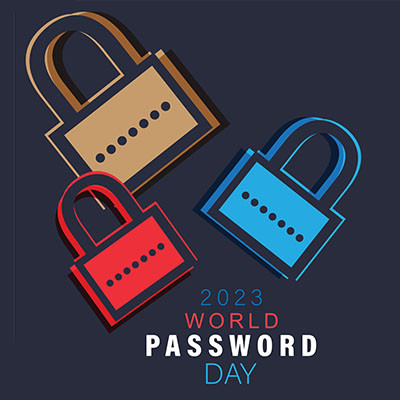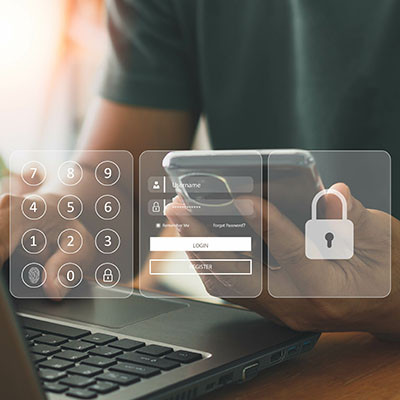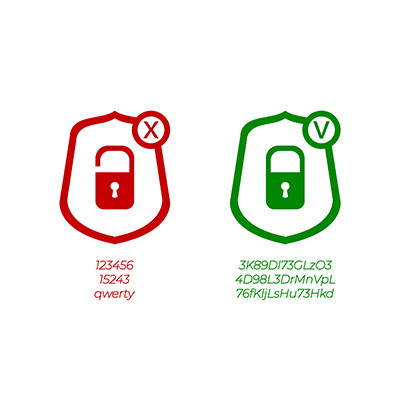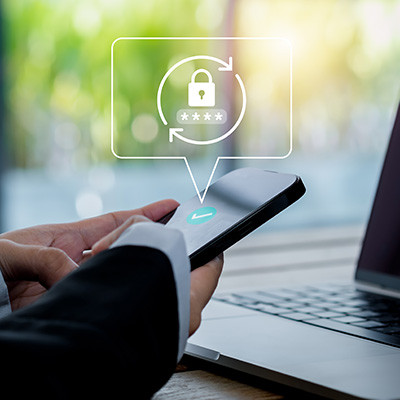Fortunately, there is: password management systems.
What Are Password Management Systems?
A password manager is effectively what it says on the box: it’s a program that keeps track of your passwords for you. While these are available for individual users, we are more concerned with those that are meant for businesses to leverage.
These solutions have a reputation for being complicated and time-intensive to set up. However, this no longer has to be the case, and it is now more important that you find a solution that offers the features that every business needs to prioritize.
What to Look for from a Password Manager
During your search, you will want to make sure your chosen password management system offers the following features:
Security
While this may seem obvious, not all of your password management options will necessarily offer the same protections or follow the same practices. For instance, standalone password managers are inherently more secure than those tied to another solution, like a built-in one in your browser of choice.
These separate solutions usually have additional features to assist your security as you use them. Good password managers will remind you of best practices if too many saved passwords are the same or too weak and will require multi-factor authentication to be accessed in the first place. It also wouldn’t hurt to find one that also notifies you when you’re due to update some of the passwords you have saved.
It should also never save one password: the master password used to access the solution itself. That is still the user’s responsibility.
As far as behind-the-scenes security is concerned, you should find a password manager that is itself protected by a variety of security features, like encryption, role-based access, and secure cloud storage.
Storage Considerations
Determining where your credentials are kept by the password manager is another important detail to keep in mind, largely as an extension of your security considerations. Does your password manager save your passwords to the cloud, or are they kept natively on the device? Either approach has its pros and cons.
If the cloud is leveraged, your credentials will be available to you on any of your devices… but this does put your credentials in the crosshairs if that cloud solution was ever breached. If you keep your credentials stored locally, you won’t risk losing them in a cloud storage breach, but they are still vulnerable. For instance, if that device fails, there go your passwords.
Generally, this won’t have much impact on the solution you choose, as most enable either option, if not a combination of both.
User Friendliness
As difficult as your password manager should make things for cybercriminals, it should make simple for your legitimate users - starting with adding and removing them to the business’ accounts. They should find it easy to change their password as needed, and your password manager should automatically log a user into a website or application. If it senses that there are not currently credentials for that site, it should offer to save them.
Coleman Technologies has plenty of experience dealing with password security, which means we’re familiar with password managers and maintaining them. If you’d like assistance with selecting, implementing, and utilizing one in your business, let us know! We’re just a call to (604) 513-9428 away.


